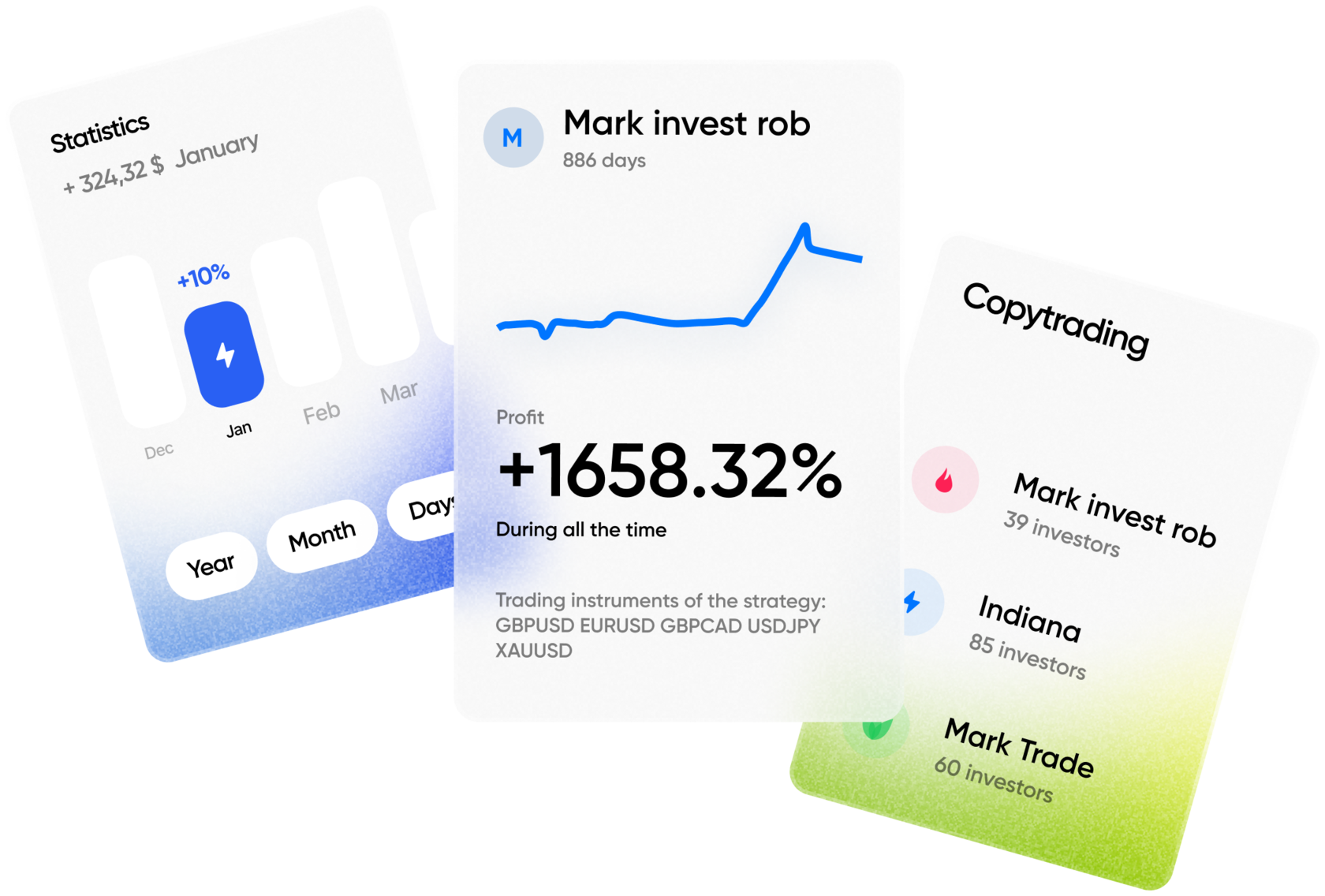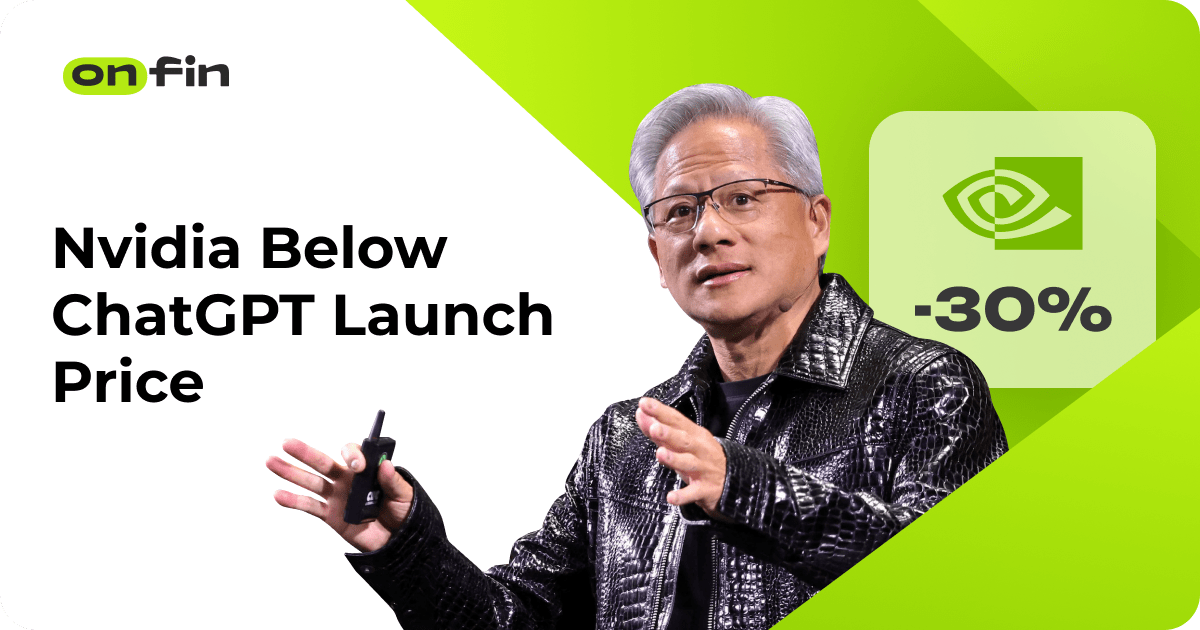The price-to-earnings (P/E) ratio of Nvidia, a key metric closely monitored by analysts, has fallen to levels not seen since the launch of ChatGPT. According to YCharts data, the company’s trailing 12-month P/E ratio stood at 36.4x as of Monday. This decline follows a sharp drop in Nvidia’s stock price, which has plummeted approximately 30% from its record high in early January, Business Insider reports.
The decline in stock value has raised concerns among investors who had previously driven Nvidia’s valuation to unprecedented levels. Despite the company’s strong presence in the AI and semiconductor markets, the recent downturn has led to speculation about the sustainability of its high growth expectations. Analysts point to multiple factors contributing to the drop, including profit-taking by investors, concerns over market saturation, and broader economic uncertainty affecting the technology sector.
Wall Street’s earnings expectations for Nvidia in the coming year suggest that the P/E ratio could drop even further, potentially reaching 24. This would make Nvidia’s stock 41% cheaper than it was on the day ChatGPT was launched. Ben Reitzes, Managing Director at Melius Research, noted that Nvidia shares are now at their lowest level since August 2019. Some investors view this as a correction following the company’s meteoric rise, while others see it as a buying opportunity for long-term growth.
Despite the recent decline, Melius Research maintains an optimistic outlook for Nvidia’s future. One of the key factors behind this optimism is the upcoming GPU Technology Conference (GTC), scheduled for next week. Investors and industry experts expect Nvidia’s CEO, Jensen Huang, to use the event as a platform to reinforce confidence in the company’s continued AI-driven growth.
Market watchers believe that Nvidia’s strong position in AI and data center technologies could help it regain momentum. Demand for AI-related chips remains high, and the company has continued to secure major deals with tech giants investing heavily in artificial intelligence infrastructure. However, some analysts warn that competition in the AI chip market is heating up, with companies like AMD and Intel ramping up efforts to capture market share.
Investor sentiment remains divided. While some see the stock’s decline as a temporary setback, others worry that valuation concerns could persist if Nvidia fails to deliver on growth expectations. Analysts will be closely watching the GTC event to gauge whether the company’s leadership can reassure the market and drive renewed investor confidence.
In the broader tech sector, similar trends have emerged, with major companies facing volatility amid shifting market dynamics. Rising interest rates, regulatory uncertainties, and geopolitical tensions have contributed to increased caution among investors. As a result, even high-growth stocks like Nvidia are not immune to broader market pressures.
For now, all eyes are on next week’s conference, where Nvidia’s announcements could determine the stock’s short-term trajectory. If Huang successfully outlines a compelling vision for AI and future innovations, the stock may rebound. Otherwise, the current bearish trend could continue, leading to further declines in valuation.







